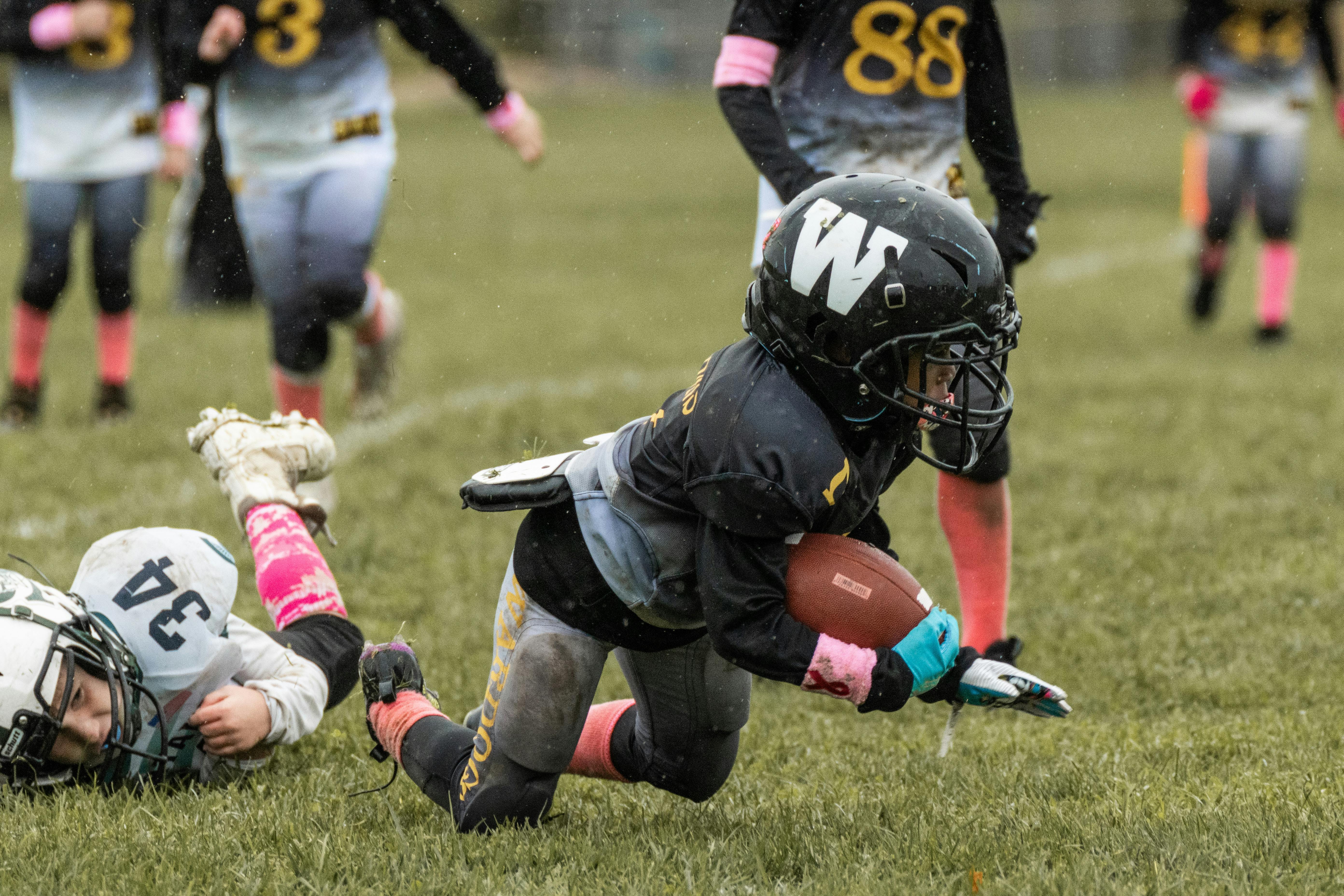Replacing a lower ball joint is an important part of maintaining a vehicle’s suspension system and overall safety. The lower ball joint is responsible for connecting the steering knuckle to the control arm, allowing the wheels to move up and down as the car travels over uneven roads. It is important to regularly inspect your vehicle’s lower ball joint for wear and tear, and replace it if necessary. In this guide, we will explain how to replace a lower ball joint step by step.To replace a lower ball joint on a vehicle, you will need a few tools including an impact wrench, socket set, and ball joint separator. First, lift your vehicle using a floor jack and support it securely with jack stands. Once the vehicle is raised, remove the wheel and tire assembly to gain access to the ball joint. If necessary, use an impact wrench to remove the nuts or bolts securing the ball joint in place. Once all of the fasteners have been removed, use an appropriate sized ball joint separator to separate the control arm from the knuckle. Install the new ball joint into place in the knuckle and secure it with new nuts or bolts. Reinstall your wheel and tire assembly onto your vehicle, then carefully lower it down off of the jack stands and onto flat ground.
What You Will Need to Replace Lower Ball Joint
Replacing a lower ball joint requires some specialized tools and parts. You will need a jack stands, socket set with a ratchet, an impact gun, ball joint separator tool, grease, new lower ball joint and a torque wrench. You will also need safety glasses and gloves for protection. Make sure to have all the necessary tools and parts before beginning the job.
Start by jacking up the front of your vehicle and placing it on jack stands for support. Make sure that the vehicle is securely supported before attempting to remove the lower ball joint. Next, remove the wheel and tire from the side of your car where you are replacing the ball joint. Take off any brake or suspension components that are blocking access to the ball joint to make removal easier.
Using an impact gun or ratchet, loosen and remove the two nuts that secure the lower ball joint to your car’s suspension system. Carefully use a ball joint separator tool to remove the old ball joint from its mounting bracket. Install your new lower ball joint in its place, making sure that it is secured firmly in place with its nuts or bolts.
Once you have installed your new lower ball joint, use a torque wrench to tighten it into place. Grease any necessary areas on the new part before reassembling everything back together again. Finally, reinstall your wheel and tire and take your car off of the jack stands for testing.
Step 1: Lift the Vehicle
The first step to replacing a lower ball joint is to lift the vehicle off the ground. It is important to ensure that the vehicle is held securely and safely in place. A jack or hoist can be used for this purpose. Before lifting the vehicle, ensure that all relevant safety measures have been taken, such as chocking the wheels and applying the parking brakes. Once lifted, secure the vehicle in place with jack stands.
Step 2: Remove Wheel
The next step in replacing a lower ball joint is to remove the wheel. This can be done by using a lug wrench or tire iron to loosen and remove the lug nuts holding the wheel in place. Once the lug nuts have been removed, it should be possible to pull off the wheel with your hands or with some assistance from a tire iron.
Step 3: Disconnect Suspension
The next step in replacing a lower ball joint is to disconnect any components that are connected to it. This typically includes disconnecting any suspension components attached to it, such as control arms or sway bars. Once these components have been disconnected, it should be possible to access and remove the lower ball joint.
Step 4: Install New Ball Joint
Once all necessary components have been disconnected, it should be possible to install a new ball joint into place. This can be done by using a wrench or socket set to attach the new ball joint into place. Make sure that all bolts and nuts are securely tightened before proceeding.
Step 5: Reattach Suspension Components
Once the new ball joint has been installed, reattach any suspension components that were disconnected in order to access it. Again, make sure that all bolts and nuts are securely tightened before proceeding.
Step 6: Reinstall Wheel
The final step in replacing a lower ball joint is to reinstall the wheel onto your vehicle. This can be done by lining up each of your lug nuts onto each of your lugs on your wheel and then using a lug wrench or tire iron to tighten them down until they are secure.
Once all these steps have been completed, your lower ball joint replacement is complete!
Accessing the Lower Ball Joint
Accessing the lower ball joint on a car is an important part of regular maintenance and repair. It is important to know how to access the lower ball joint in order to properly inspect and maintain it. The process for accessing the lower ball joint will vary depending on the make and model of your vehicle, but there are some general steps that can be followed.
The first step is to raise the vehicle using either a jack or ramps. Make sure that it is securely supported before working on it. Once the vehicle is raised, remove the tire and wheel assembly by loosening the lug nuts and pulling it off. This will expose the lower ball joint, which can then be accessed.
Next, you will need to remove any protective covers or shields that may be covering the lower ball joint. These are typically held in place with several bolts or clips and can be easily removed with a screwdriver or wrench. Once these have been removed, you should be able to see the lower ball joint clearly.
Finally, you will need to disconnect any suspension components connected to the lower ball joint before you can access it fully. This may include sway bar links or other parts that are connected directly to it. Once these have been disconnected, you should be able to access and inspect the lower ball joint as needed for maintenance or repair purposes.
By following these steps, you should be able to properly access your vehicle’s lower ball joint for inspection or repair purposes. Make sure that all components are re-connected securely when finished in order to keep your car safe and running smoothly!
Removing the Old Lower Ball Joint
Removing the old lower ball joint can be a difficult job, but it is necessary for replacing the new one. You will need a few tools to get the job done. First, you will need a jack and jack stands to support the vehicle while you are working on it. Next, you will need an adjustable wrench or socket set and a hammer to loosen and remove the old ball joint. Once you have all of your tools gathered, you can begin to remove the old ball joint.
Start by jacking up the car and placing jack stands at each corner of the vehicle to properly support it. Once you have done this, use your adjustable wrench or socket set to loosen the nut that holds the lower ball joint in place. Use your hammer to tap around the edges of the nut if it is stuck in place. Once it is loosened, remove it from its mount and take off any other parts that may be connected to it such as brake lines or hoses.
With all of these components removed, you can now begin to remove the old lower ball joint from its mount. Take your adjustable wrench or socket set and loosen any bolts that are holding it in place. Once these bolts are removed, use your hammer again to tap around any edges of the ball joint until it is loose enough for removal. Finally, pull out the old lower ball joint from its mount and discard it properly.

Installing the New Lower Ball Joint
To install a new lower ball joint, it is important to make sure that all other components are in good working order. The ball joint should be lubricated with a quality grease before installation. The upper control arm should be securely mounted to the chassis and the spindle should be firmly attached to the lower control arm. Once these components are in place, the ball joint can be inserted into the lower control arm. It is important to ensure that it is properly secured with a nut and washer. To finish off, a cotter pin should be inserted through both sides of the nut as an additional security measure. Once all of these steps have been completed, the vehicle is ready to be test driven.
It is also important to inspect all of the components before installation for any signs of wear or damage. If any parts appear worn or damaged, they should be replaced before continuing with installation. This will ensure that the new ball joint will last for many years without issue. Additionally, it can help prevent costly repairs down the road due to improper installation or faulty parts.
Securing the New Lower Ball Joint in Place
Replacing a lower ball joint can be an intimidating task. It requires special tools that can be expensive to rent or purchase, as well as knowledge of proper procedures. To properly secure the new lower ball joint in place, the following steps should be followed:
First, you will need to use a pry bar to remove the control arm from its mounting bracket. If there is any rust or corrosion present, it should be removed first with a wire brush and lubricant. Once the control arm has been removed, you will need to remove the nut and bolt that secure the lower ball joint in place. Once they have been removed, you can then use a hammer or press to separate the two parts of the joint.
Next, you will need to install the new lower ball joint onto the control arm. This can be done using a hammer and chisel or an air hammer. The new joint should fit snugly onto the control arm. Once it is in place, you will need to secure it with bolts and nuts. Make sure that these are tightened down securely.
Finally, you will need to reattach the control arm to its mounting bracket. Use a torque wrench or ratchet set to make sure that all bolts are tightened down properly. With everything secured in place, your new lower ball joint should now be ready for use!
Re-Attaching Other Necessary Parts of Suspension
Re-attaching other necessary parts of suspension is one of the most important steps in performing a proper suspension repair. This includes attaching the lower control arms, shocks, ball joints, sway bar links, and any other components that may have been removed during the repair process. It is important to make sure that all components are securely attached and that all bolts and nuts are tightened properly. It is also important to double check all connections to make sure that there are no loose parts or connections that could potentially cause damage or dangerous driving conditions. The suspension should be tested thoroughly for proper operation before the vehicle is driven again.
It is also important to replace any worn out parts while re-attaching the suspension components. Worn out shocks and springs can cause an uncomfortable ride and decrease handling performance. Worn out ball joints can lead to excessive tire wear and decreased vehicle stability at high speeds, so it is important to check for any signs of wear when replacing suspension components. Once all necessary suspension parts have been reattached and checked for proper operation, the vehicle can be safely driven again.

Conclusion
Replacing a lower ball joint is a relatively easy task, but it can be time-consuming and requires a few specialized tools. It’s important to choose the right ball joint for your vehicle and to follow the manufacturer’s instructions when installing it. It may also be necessary to lubricate the ball joint after installation. Taking the time to properly replace your lower ball joint is a great way to ensure that your vehicle runs safely and efficiently.
In conclusion, replacing the lower ball joint on your vehicle should not take more than an hour or two with some basic tools. Be sure to use quality parts and follow the manufacturer’s instructions closely for the best results. Taking care of this important part of your vehicle is essential for ensuring that you get years of reliable service from your car or truck.




